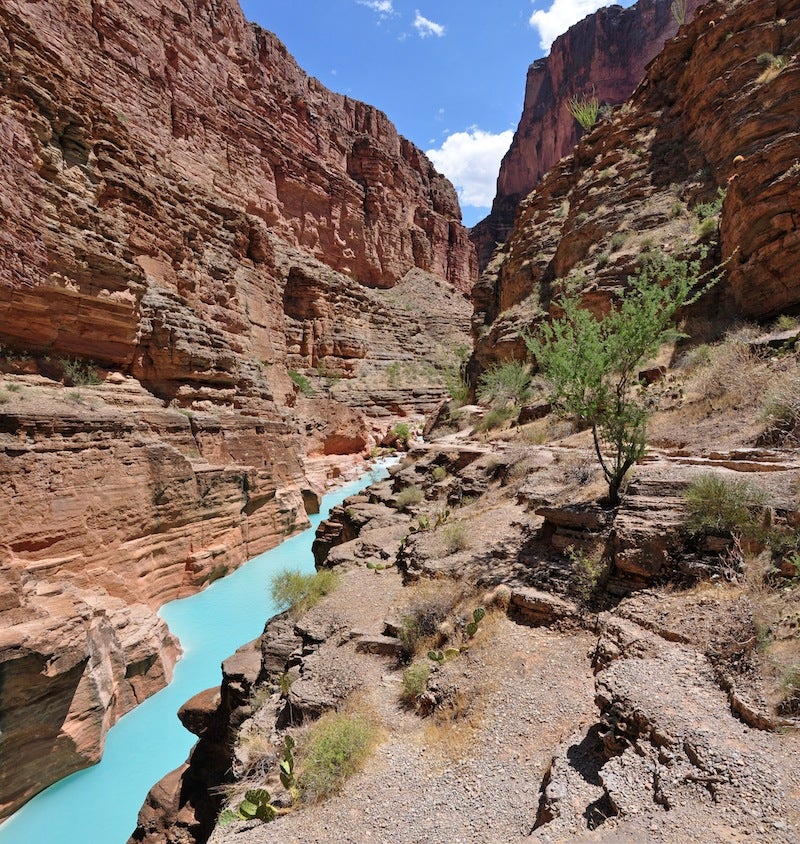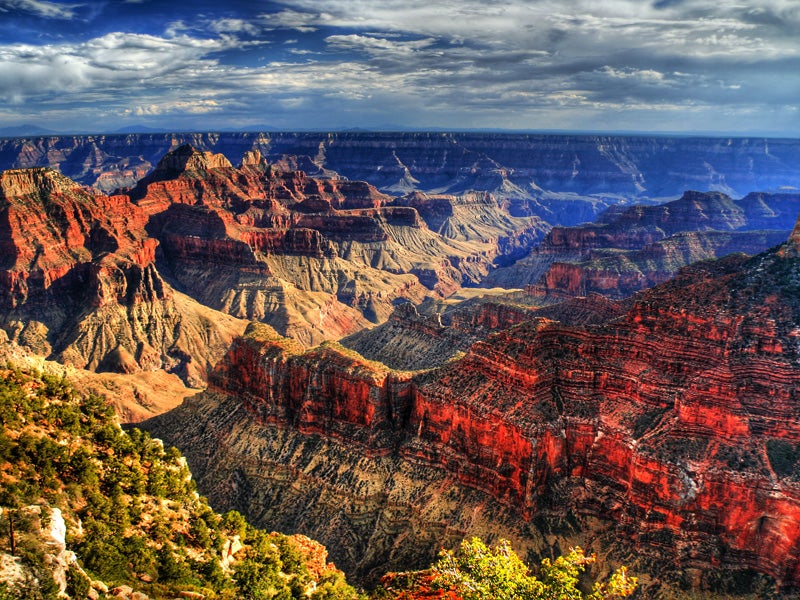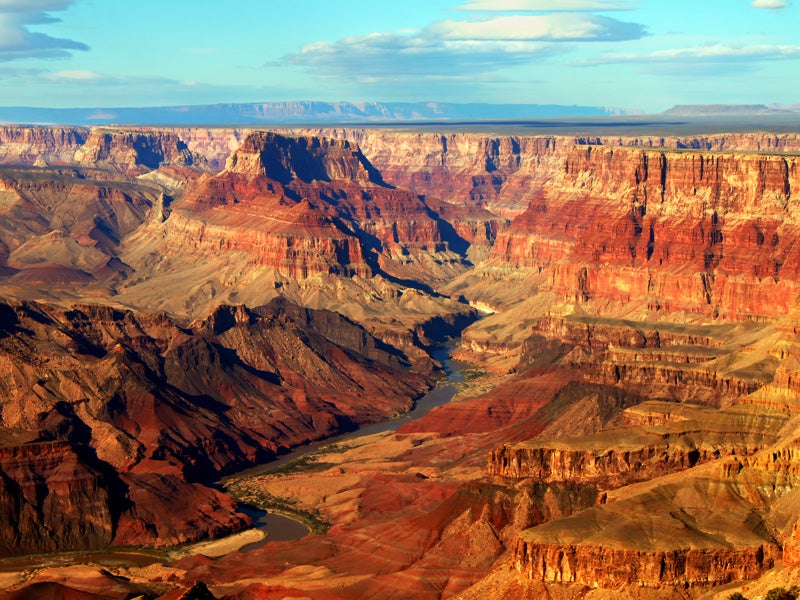Defending The Grand Canyon From Massive Urban Sprawl
The National Park Service considers the mega-development a significant threat to Grand Canyon because it will require vast quantities of water and could lower the aquifer that feeds seeps, springs, and streams that support wildlife and recreation on the park’s South Rim. The groundwater pumping could also lower the aquifer that is the exclusive source of all water for Havasu Falls.
Clients
Regional Office / Program
Case Overview
The U.S. Forest Service is paving the way for a sprawling urban development near the southern edge of the Grand Canyon that would include more than 2,100 housing units and 3 million square feet of retail space along with hotels, a spa and conference center. The superintendent of Grand Canyon National Park has called the project one of the greatest threats to Grand Canyon in the 96-year-history of the park.
The proposal, by the Stilo Development Group, would transform the 580-resident community of Tusayan, Ariz.—which sits near the southern entrance to the national park—from a small, quiet tourist town into a sprawling complex of high-end homes, strip malls, and resorts only a mile from the Grand Canyon National Park boundary.
Stilo has partnered with the town of Tusayan in order to obtain the federal permit needed to expand road and utility access through public lands within the Kaibab National Forest so development can proceed.
The National Park Service considers the mega-development a significant threat to Grand Canyon because it will require vast quantities of water and could lower the aquifer that feeds seeps, springs, and streams that support wildlife and recreation on the park’s South Rim. Groundwater pumping accompanying the development could also lower the aquifer that is the exclusive source of all water for Havasu Falls, the cultural foundation of the Havasupai tribe.
Earthjustice, on behalf of the National Parks Conservation Association, the Grand Canyon Trust, Sierra Club, and the Center for Biological Diversity, has submitted a letter protesting the Forest Service’s consideration of the rights-of-way permit. The city of Flagstaff and regional businesses have already passed resolutions opposing this development, saying that it would negatively impact surrounding communities and Grand Canyon National Park.
This latest development project comes amid concerns from conservation groups and tribal communities about proposals for re-starting operations of a nearby uranium mine and another major resort development right outside the park at the confluence of the Colorado and Little Colorado rivers.

Case Updates
Case page created on May 11, 2015.


